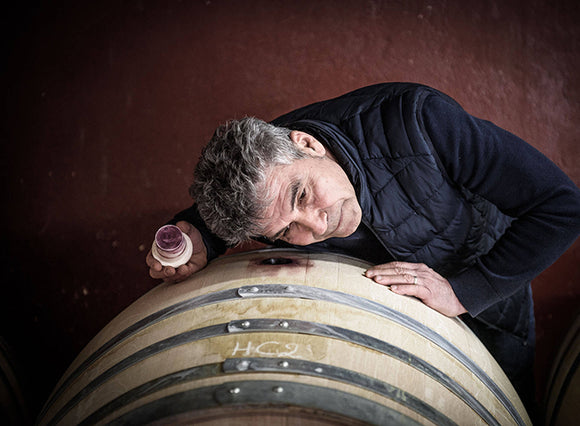Terroir
One of parcels is established on a cone of limestone scree, on the hillsides of Bru. The quaternary ice-age broke down the limestone sides surrounding this plot of land. Over the centuries, these scree slopes have created the soil of today.
The grapes from this rare terroir are characterised by great finesse and aromatic complexity.
The other two parcels are located on two distinct, though geologically identical, ridges. These are the Mindel high terraces, formed 500,000 years ago from the river’s alluvial deposits. This soil is made of rolled pebbles mixed with reddish ferruginous sand on the surface, while clay and silica dominate the deeper levels.
The grapes from this terroir are characterised by a great richness and density.







